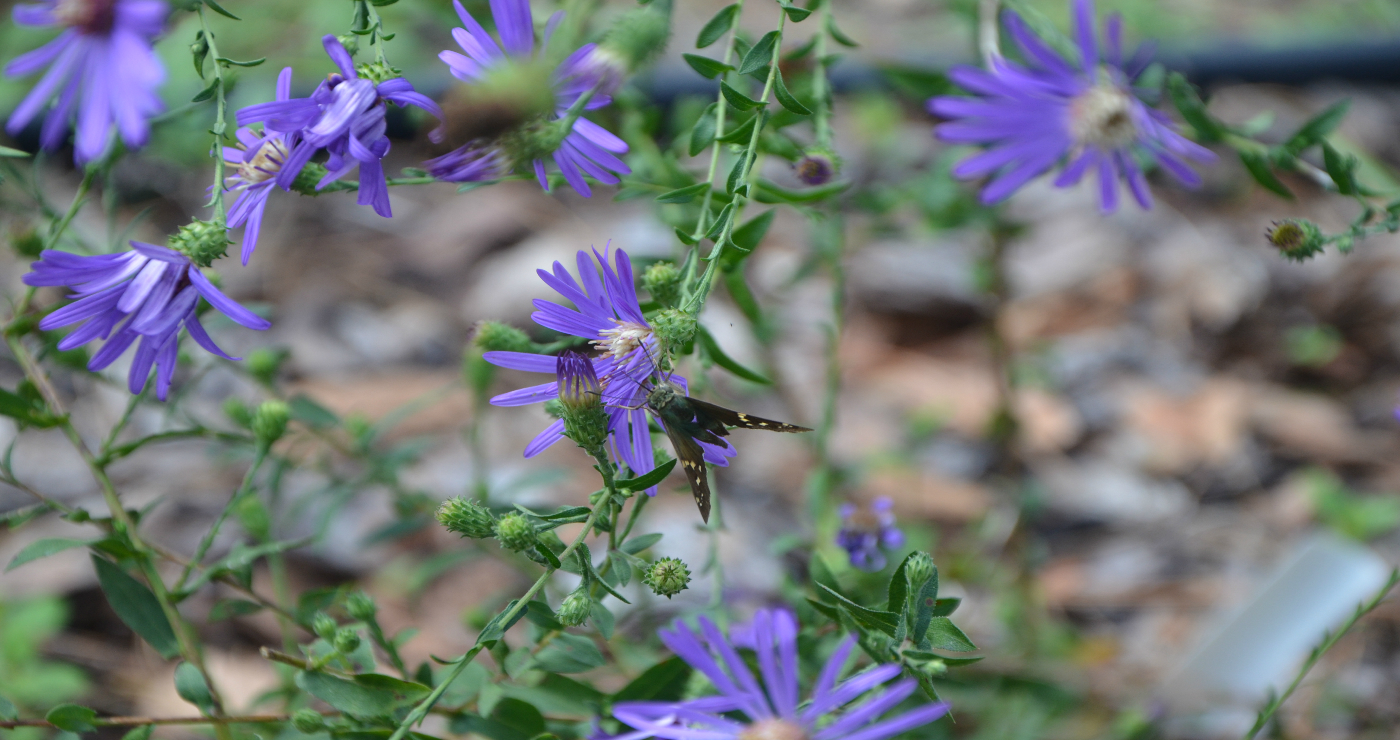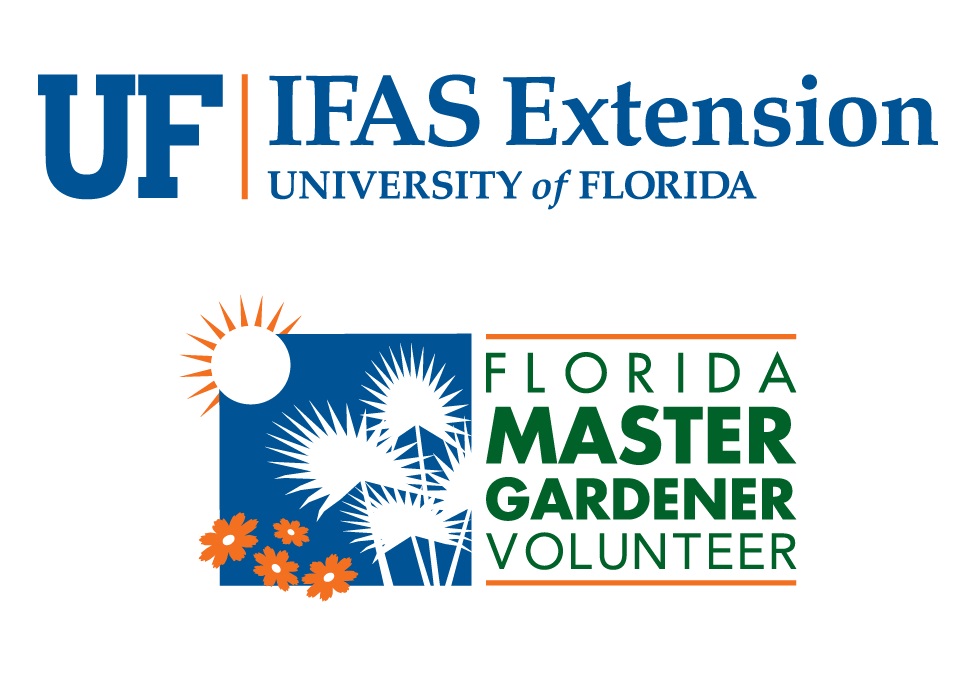Ask Master Gardener Volunteer Dan Dobbins
 Sun loving plants
Sun loving plants
Most present day residents are not aware Florida’s climate was not always the warm semitropical one it is today. In prehistoric times, Florida was much cooler and drier as was most of the southeastern United States.
Grazing herds of bison, mammoths, horses and other grazers along with periodic wildfires maintained a large savannah/prairie ecosystem over much of the southern United States. Sun loving plants such as the Georgia aster (Symphyotrichum georgianum) thrived in this ecosystem for thousands of years.

Long-term decline of Georgia Aster
 As time passed however, Florida’s climate warmed. Climate change coupled with hunting by early inhabitants eventually resulted in the eradication of the grazers and facilitated habitat change from open prairie to a much shadier oak-pine woodlands.
As time passed however, Florida’s climate warmed. Climate change coupled with hunting by early inhabitants eventually resulted in the eradication of the grazers and facilitated habitat change from open prairie to a much shadier oak-pine woodlands.
A result of these factors was the beginning of a dramatic, long-term decline in the abundance of the Georgia aster. Extensive fire suppression during much of the 20th century along with development, mowing and herbicide usage also contributed.
Georgia Aster today is considered rare and threatened
Once widespread , the Georgia Aster today is considered rare and threatened throughout its’ natural range. Slightly over 100 isolated colonies exist in parts of Alabama, Georgia, and North and South Carolina.
Most of these colonies are small, comprised of only 10-100 individuals. Their small size, coupled with isolation and other environmental factors has resulted in plants being self-sterile and having to rely on rhizomes for their only form of reproduction.
Georgia Aster today is considered a relic plant
A disjunctive and widely distributed population once existing in the eastern panhandle of Florida is believed to have been extirpated. The Georgia aster today is considered a relic plant associated with the post oak savanna/ prairie ecosystem that once occurred over much of the southeastern United States.
Georgia aster, along with other plant species associated with this ecosystem depended on natural disturbances such as fire and grazing by herbivores (bison and mammoths) to thrive. Eradication of the latter, coupled with massive fire suppression efforts resulted in the replacement of most of this ecosystem by oak-pine woodlands, conditions much less suitable for the survival of these species.
University mission to recover the Georgia Aster
Although still dire, the future is looking somewhat brighter for the Georgia aster. Recent years have seen the formation of a coalition of government agencies, corporations, and a university whose mission is to ensure the recovery of the Georgia aster.
Today the Georgia aster population consists of approximately 120 isolated colonies found in a total of five counties in Alabama, 15 counties in Georgia, nine counties in North Carolina and 15 counties in South Carolina, but Florida’s population is believed to have died out. Most existing colonies are comprised of only 10-20 stems.
Habitat restoration has produced population increases in a number of colonies and sexual reproduction has been observed. Locally, the Wakulla County Master Gardeners have initiated long-term efforts for re-establish the Georgia aster in the Florida panhandle. The light at the end of the tunnel is dim and distant, but events and practices are moving in the right direction.
If you have any questions or suggestions for future articles please email to wakullamg@ifas.ufl.edu
| The Institute of Food and Agricultural Sciences (IFAS) is an Equal Opportunity Institution authorized to provide research, educational information, and other services only to individuals and institutions that function with non-discrimination with respect to race, creed, color, religion, age, disability, sex, sexual orientation, marital status, national origin, political opinions, or affiliations. U.S. Department of Agriculture, Cooperative Extension Service, University of Florida, IFAS, Florida A&M University Cooperative Extension Program, and Boards of County Commissioners Cooperating |
 0
0
 Sun loving plants
Sun loving plants

